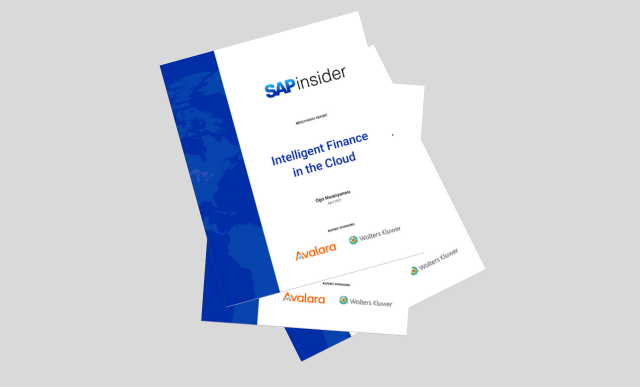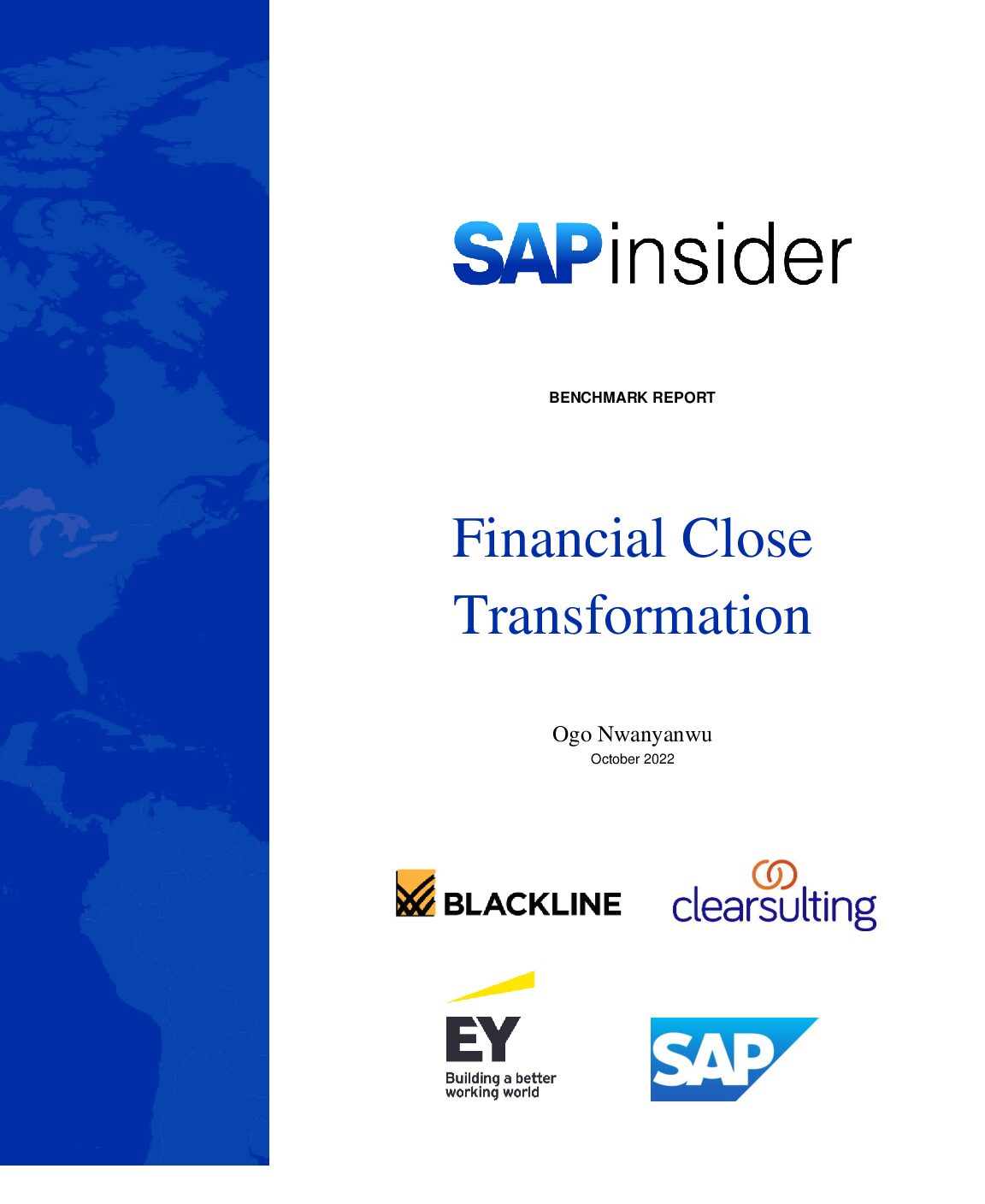Key Performance Indicators Need Their Own KPIs
Are your key performance indicators telling you what you need to know?
While trying to figure out why performance is so hard to measure, companies often learn the hard way that it actually is not. Over-reliance on non-effective measurements can fail to deliver useful insight, and, insult to injury, obscures visibility to more effective approaches.
Why do (did) financial measurements dominate KPIs?
The obvious convenience to financial measurements is that answers to important questions fall so easily from the day-to-day process of just keeping the books:
- “Are we profitable?” (Red or black ink on the P&L?)
- “How profitable?” (ROA? ROE?)
- “If so, why does it always seem like it’s tough to find the cash to pay our suppliers?” (DSO? Bad Debt Ratio?)
The challenge for the modern manager is that financial measurements are, by their nature, up to a month late as books close, and backward-facing. Of greater value is the question: “What aren’t we seeing while we’re driving from the rear-view mirror?”
What the “experts” are (still) saying
It’s almost 30 years since Kaplan and Norton pushed the “Balanced Scorecard” approach into the discussion. MIT’s Sloan School of Management suggests the first cross-industry study of the use of KPIs in the digital era wasn’t conducted until 2018. Knowing the importance of measuring the right things and knowing the right things to measure are two very different things.
Measuring success
SAPinsider’s recent research report, “Assessing Intelligent Automation in Finance,” touched on the “why” of business measurement, in addition to the “how.” Surprising among the many insights is the observation that 26% of automation leaders (three times the number versus among average performers) still take two weeks or longer to close their monthly books. If these finance departments aren’t managing toward the length of their monthly close as this statistic might suggest, what are they focusing on instead?
According to SAPinsider’s “SAP S/4HANA Finance: State of the Market” research completed last summer, a top priority of responding organizations (at 44%) is consistent: Investing in business intelligence and analytics to see beyond the monthly close. The real difference is the objective focus of those investments: The top driver cited by companies identified as ahead of their competition in terms of business results—quite different from the cost priority of the average respondent—is that they set their measurement priorities based on the needs of the business for better data and analytics (41%). No wonder they are less concerned about lengths of their close.
The good news
Regardless of intent, 74% of companies reported coincident benefits in their finance and accounting processes from upgrading their systems towards whatever purpose. Among the benefitting areas cited most was—no surprise based on the universal priority—reporting (61%) and business intelligence and analytics (44%). In addition, most companies further cited better data integration, and improvement in the quality of information from these projects (67% each). And since everyone is enjoying more and better information every day, the bottom line remains the importance of measuring and managing the right things.
What does this mean for SAPinsiders?
For organizations investigating investments in their finance infrastructure, recommendations based on leaders’ success include:
- Prioritize a business focus: As referenced above, leaders put business value ahead of internal finance process metrics. They cite it as the primary goal of their system investments, and they demonstrate it in their willingness to endure lagging finance process KPIs while achieving superior business results.
- Build for flexibility and value: Clear preference among leaders in building their business cases is to ensure systems support current and future organizational change (47%), while understanding how those investments impact specific business processes and KPIs (also 47%). Leaders were also almost unanimous to ignore current finance process pain points (<5%) in pursuit of that future business value.
- Streamline finance operations: Even while leaders place business priorities ahead of administrative metrics, all organizations report similar success in streamlining their finance operations and relieving process bottlenecks and pain points. 74% of all companies report efficiency gains in finance and accounting processes when upgrading their core systems.
Our 2020 research projects on “The State of the Market for SAP Finance – a Benchmark Study” and “The State of the Market for SAP Financial Planning and Analysis” will bring this discussion to an even greater focus over the coming months. Looking forward to continuing the conversation.








